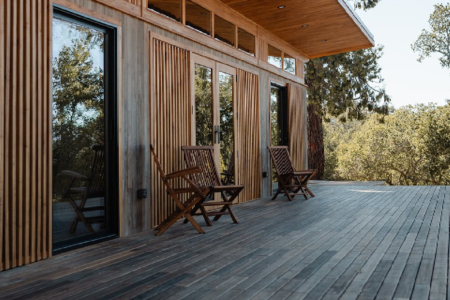
Battery Park City, nestled along the southwestern tip of Manhattan, is a remarkable neighborhood that beautifully exemplifies the evolution of urban planning and sustainable practices. Developed on reclaimed land along the Hudson River, this vibrant community has a rich history dating back to the 1970s. Today, it stands as a beacon of sustainable development, setting an example for cities worldwide. In this article, we delve into the captivating history of Battery Park City and explore the innovative sustainable practices that have transformed it into a model for urban sustainability.
A Reclaimed Oasis:
The development of Battery Park City began in the 1960s when urban planners sought to revitalize lower Manhattan. The area had fallen into disrepair, with dilapidated piers and abandoned warehouses dominating the landscape. The ambitious vision was to create a thriving residential and commercial community while incorporating sustainable principles into the design.
Reclaiming the land from the Hudson River was the first challenge. By utilizing excavated soil from construction sites across the city, the area was raised above the water level, creating a solid foundation. The development team constructed an innovative system of retaining walls and waterproof barriers to protect the newly created land from river erosion.

Green Spaces and Sustainable Design:
One of the defining features of Battery Park City is its commitment to green spaces. The neighborhood boasts over 36 acres of public parks, tree-lined promenades, and beautifully landscaped gardens. These serene spaces provide a welcome respite from the bustling city and contribute to the overall sustainability of the area by promoting biodiversity and improving air quality.
In addition to green spaces, Battery Park City implemented sustainable design principles in its buildings. Many structures incorporate energy-efficient technologies, such as solar panels, efficient heating, and cooling systems, and green roofs. These practices have significantly reduced the neighborhood’s carbon footprint while creating comfortable living and working environments for residents and employees.
Resilience in the Face of Adversity:
Battery Park City faced a significant test of its resilience in the aftermath of the devastating events of September 11, 2001. The neighborhood, situated just blocks away from the World Trade Center, experienced severe damage and destruction. However, the community rallied together and embarked on an extensive revitalization effort.
As part of the rebuilding process, a renewed emphasis on sustainability emerged. The new buildings incorporated advanced energy-efficient systems, and additional measures were taken to enhance the area’s resilience against future disasters. The community implemented flood mitigation strategies, including the construction of floodwalls and the elevation of infrastructure, to safeguard against rising sea levels and storm surges.
A Sustainable Future:
Battery Park City continues to evolve and implement new sustainable practices, solidifying its position as a global leader in urban sustainability. The neighborhood has embraced renewable energy sources, with plans to increase its reliance on solar and wind power. Additionally, Battery Park City aims to become a zero-waste community, implementing comprehensive recycling and waste management programs.
The community actively promotes sustainable transportation options, encouraging residents and visitors to utilize public transit, bicycles, and electric vehicles. Charging stations for electric cars are becoming more prevalent, further reducing the neighborhood’s carbon emissions.
Battery Park City also engages in community outreach and educational programs to raise awareness about sustainability. Local schools incorporate environmental studies into their curriculum, fostering a culture of environmental stewardship among the younger generation.
Battery Park City on The Green Podcast
Battery Park City’s journey from reclaimed land to a thriving, sustainable community is a testament to the power of visionary planning and collective action. The neighborhood serves as an inspiration to cities worldwide, showcasing the potential for sustainable development and the integration of green spaces within urban landscapes. B.J. Jones, the President and CEO of Battery Park City Authority joins Dylan Welch, the CEO of Green Success Stories to share more about their journey to sustainability. Listen to the full podcast below.




